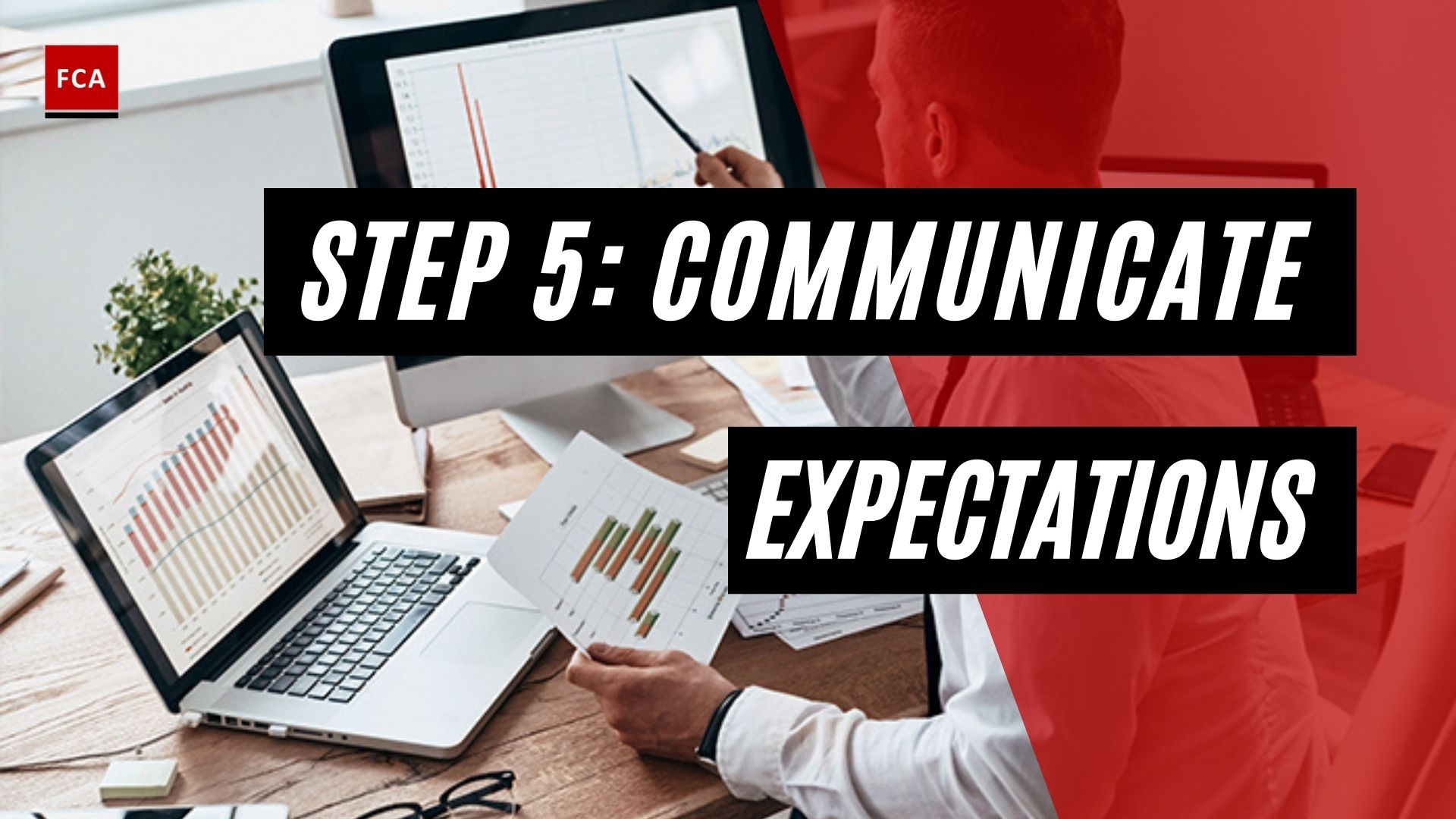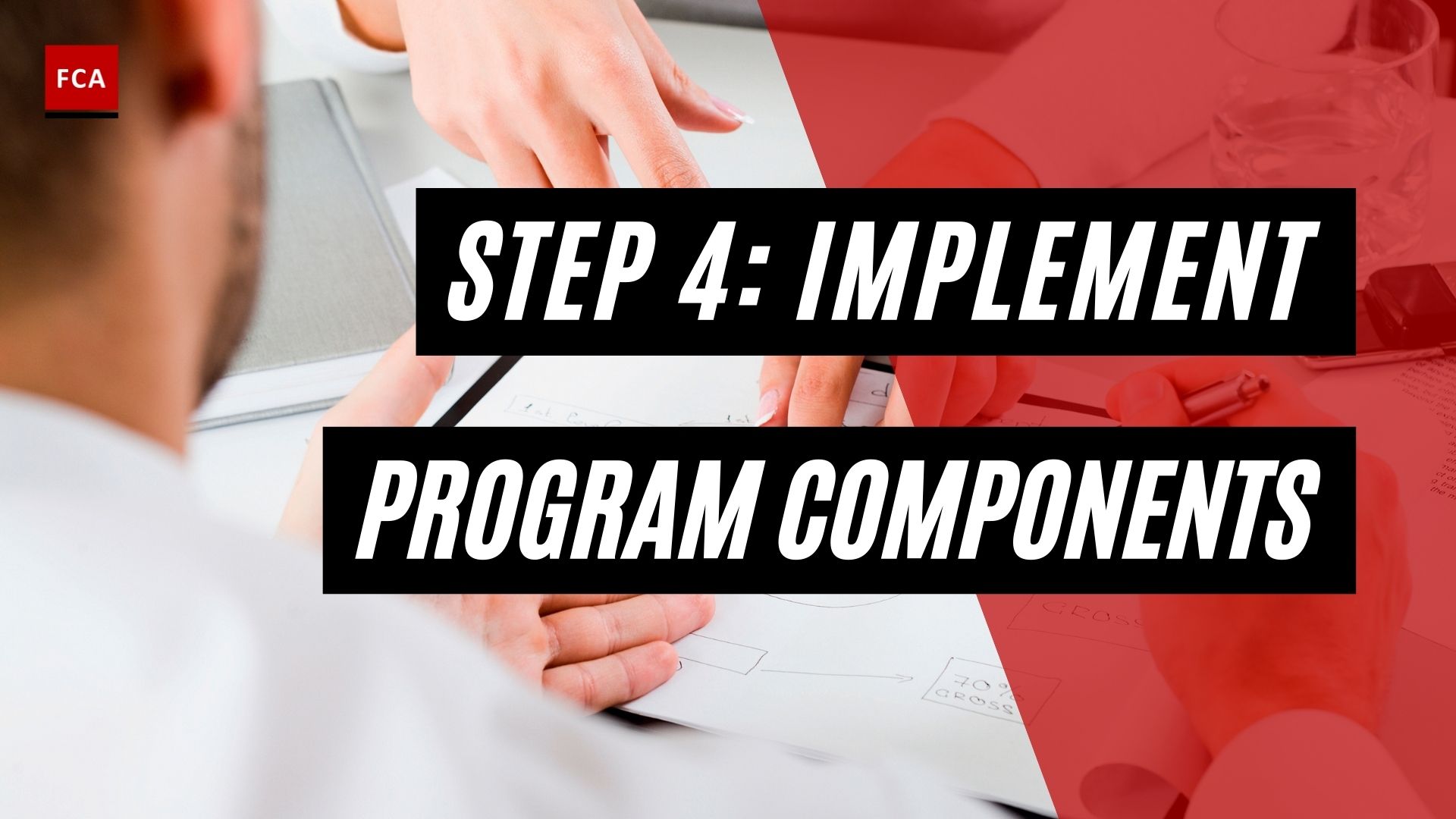The 7 step fraud risk assessment framework. Fraud risk assessment frameworks help perform, evaluate, and report the results of the fraud risk assessment. To perform fraud risk assessment, the organizational culture and its specific needs must be considered. 7 main steps are important to follow to perform risk assessment in a meaningful form and manner.

The 7 Step Fraud Risk Assessment Framework
The 7 step fraud risk assessment framework are as follows:
- Identification of potential inherent fraud risks and schemes
- Assessment of the likelihood of identified inherent fraud risks
- Assessment of the impact of identified inherent fraud risks
- Evaluation regarding which people and departments are most likely to commit fraud
- Identification and mapping of existing controls to relevant fraud risks
- Evaluation of whether the identified controls are operating effectively and efficiently
- Identification, evaluation, and responding to the residual fraud risks that need to be mitigated
What Is A Fraud Risk Assessment?
The Journal of Accountancy states that perpetrators commit fraud for one of two reasons: greed or need. Motive, opportunity, and rationalization are the three components that allow someone to commit fraud. Bad actors commit fraud due to financial need, the ability to carry out a fraud scheme, and personal justification for dishonest behavior.
A fraud risk assessment is designed to address a company’s vulnerabilities to internal and external fraud. Though fraud types vary by business line, internal frauds include embezzlement and asset misappropriation, while external frauds include hacking and theft of proprietary information.
Internal control weaknesses are frequently used by perpetrators to commit fraud. A fraud risk assessment, when used to understand these weaknesses and the risk environment, can assist management in developing a mature risk management plan.
How Does A Fraud Risk Assessment Work?
A fraud risk assessment should be tailored to the specific industry and operations of a company. Management and department managers should conduct a risk assessment to determine the organization’s exposure to fraud risk events. Because changes in the internal and external environments are unavoidable, the assessment should be updated on a regular basis to keep risks to an acceptable level.
The fraud risk assessment can take many forms, including a matrix, narrative, or any other format preferred by the organization. It should be shared with the Board of Directors, and all parties should work together to implement anti-fraud controls based on the likelihood and impact of each risk on the organization.
Final Thoughts
When compared to the cost of fraudulent activity, performing regular fraud risk assessments is a small investment. As the ACFE’s 2020 Global Fraud Study shows, worldwide fraud schemes cause losses of more than $3.6 billion dollars annually. A fraud risk assessment is critical for assisting businesses in proactively identifying external and internal risks that can have a significant impact on their reputation, criminal or civil liability, and assets.
Companies can develop a mitigation strategy once these fraud risks have been identified. While it is impossible to eliminate all fraud risks, a fraud risk assessment can help to reduce the likelihood and severity of those risks.









